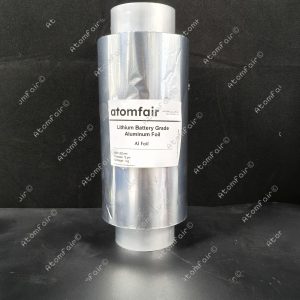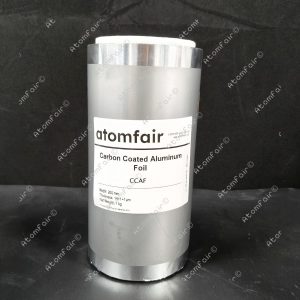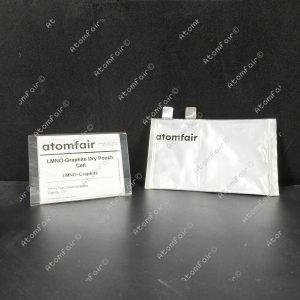Your cart is currently empty!

Atomfair Lithium oxalate C2Li2O4
Description Lithium Oxalate (C2Li2O4) is a high-purity inorganic compound widely utilized in electrochemical and materials research. This white crystalline powder, with CAS number 553-91-3, is synthesized under stringent conditions to ensure optimal consistency and minimal impurities. Its molecular structure, featuring a stable oxalate anion complexed with lithium cations, makes it an excellent candidate for lithium-ion battery research, particularly in the study of electrolyte formulations and electrode materials. With a molar mass of 101.90 g/mol, Lithium Oxalate is highly soluble in water and exhibits thermal stability under standard laboratory conditions. Packaged in moisture-resistant containers to preserve integrity, this reagent is ideal…
Description
Description
Lithium Oxalate (C2Li2O4) is a high-purity inorganic compound widely utilized in electrochemical and materials research. This white crystalline powder, with CAS number 553-91-3, is synthesized under stringent conditions to ensure optimal consistency and minimal impurities. Its molecular structure, featuring a stable oxalate anion complexed with lithium cations, makes it an excellent candidate for lithium-ion battery research, particularly in the study of electrolyte formulations and electrode materials. With a molar mass of 101.90 g/mol, Lithium Oxalate is highly soluble in water and exhibits thermal stability under standard laboratory conditions. Packaged in moisture-resistant containers to preserve integrity, this reagent is ideal for advanced scientific applications requiring precise lithium sources.
- CAS No: 553-91-3
- Molecular Formula: C2Li2O4
- Molecular Weight: 102.0
- Exact Mass: 102.01166535
- Monoisotopic Mass: 102.01166535
- IUPAC Name: dilithium;oxalate
- SMILES: [Li+].[Li+].C(=O)(C(=O)[O-])[O-]
- Synonyms: Lithium oxalate, 553-91-3, Dilithium oxalate, UNII-K737OT0E73, EINECS 209-054-1
Application
Lithium Oxalate is primarily employed in the development of lithium-ion battery electrolytes due to its ability to enhance ionic conductivity and electrode stability. Researchers also utilize it as a precursor for synthesizing lithium-containing ceramic and glass materials. In analytical chemistry, it serves as a calibration standard for lithium quantification techniques such as atomic absorption spectroscopy (AAS).
If you are interested or have any questions, please contact us at support@atomfair.com
Related products
-
Atomfair 1 kg/roll Battery Grade Aluminum Foil (200mm W x 12um T) for Battery Electrode Substrate/ Current Collector
$169.95 -
Atomfair 1 kg/roll Double Sides Conductive Carbon Coated Aluminum Foil for Battery Electrode Substrate/ Current Collector (200 mm wide 14+1+1 um thick)
$189.95 -
Atomfair 1AH LCO || Graphite Dry Pouch Cell Lithium Ion Battery
$169.95 -
Atomfair 1AH LMNO || Graphite Dry Pouch Cell Lithium Ion Battery
$189.95 -
Atomfair 1AH LMR || Graphite Dry Pouch Cell Lithium Ion Battery
$329.95




